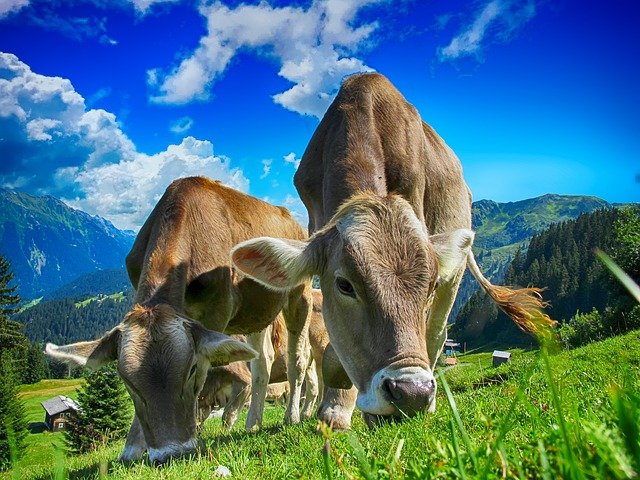The cow and the climate

A plant-based diet is the right strategy for a more climate-friendly agriculture and food system. However, the rule of thumb that “the cattle are to blame for everything” has now become established in many people’s minds. And yes: the production of animal food has a significantly greater impact on the climate than the production of plant-based food. Professor Dr. explained why it is worth taking a closer look and why the cow is only partly the problem. Wilhelm Windisch from the Technical University of Munich at the Biofach Congress in Nuremberg.
Windisch explained: “The production of plant-based food is linked to the production of enormous amounts of inedible biomass. This begins with by-products of agricultural use, such as clover grass, and ends with by-products of the processing of harvested goods in the mill, brewery, oil mill or sugar factory. In addition, there is grassland, which in many cases cannot simply be converted into arable land.” At least 30 percent of grassland in Germany cannot be used for agriculture. That means it cannot become a field of wheat or cucumbers. The grass only provides biomass that humans cannot eat.
According to Windisch, one kilogram of plant-based food means at least four kilograms of inedible biomass. It has to go back into the agricultural material cycle - be it by rotting in the field, via fermentation in biogas plants or by feeding to farm animals. But only the last option turns this into additional food for humans, completely without any competition for food.
Why is this important? If the four kilograms of biomass that is not edible for humans is eaten by animals, then this increases the number of people that can be fed with the same agricultural land. And ruminants in particular can do this, pigs and poultry can hardly do this. Windisch emphasized the importance of feed efficiency. In his opinion, the performance level of the animals, i.e. their ability to produce milk or produce meat, must be such that they can largely achieve this with the inedible biomass. As soon as they need a lot of specially grown fodder, there is competition for food on the area.
As a result, this would take some of the wind out of the sails of the “plate or trough” debate, because as little as possible specially grown grain, rapeseed or soy would be fed. But this also requires a rethinking of the economic strategies of agriculture. All companies that manage the grassland in such a way that CO2 is bound and biodiversity is promoted are at an advantage. These are primarily organic farms, but some conventional farmers also work this way. Then competition for food will be largely avoided and this would put the debate about the climate-damaging cow on a more objective footing.
Britta Klein, www.bzfe.de
